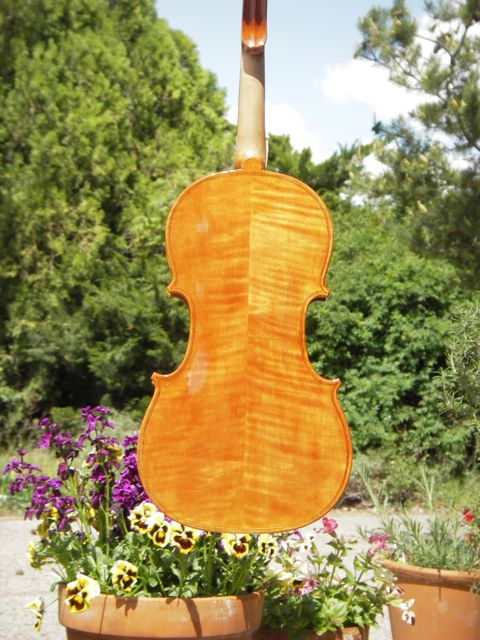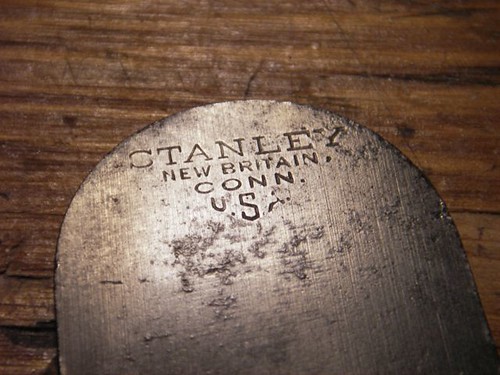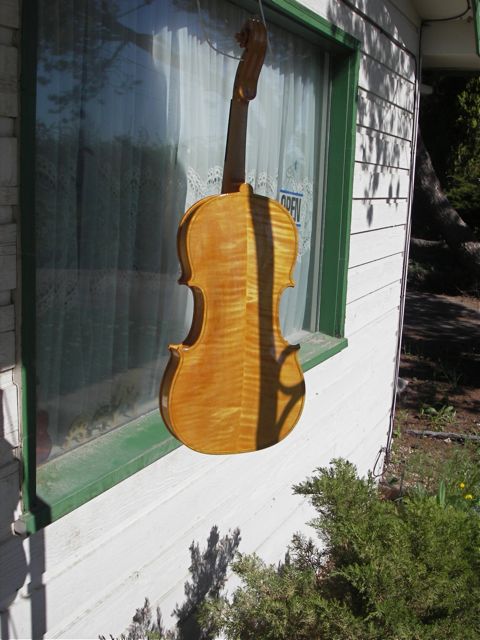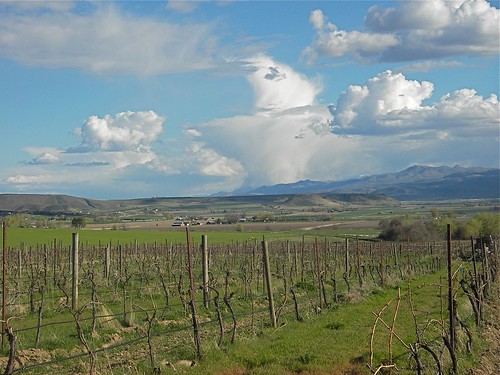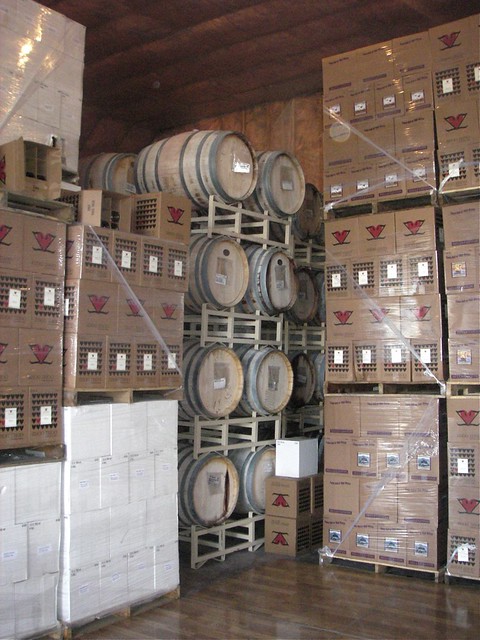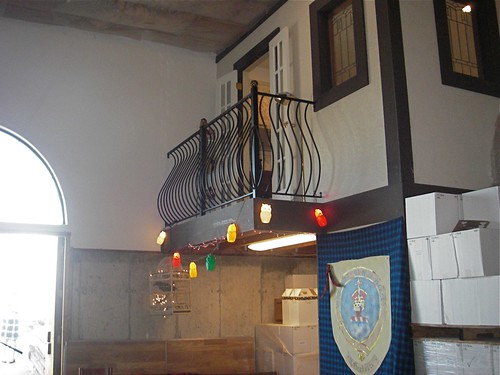I read
Zen and the Art of Motorcycle Maintenance, by Robert M. Pirsig, in 1984, at a time when I was both in college -- and therefore very intellectual -- and into motorcycle riding, which, coupled with being in college, meant that I had to do my own repairs.
I'll add that I enjoyed reading the book at the time. When I picked it up again a couple years ago, though, I didn't. Seemed too personal, too tortured, too rough on the son.
But there was one quote that stuck with me at the time and ever since. For some reason, I was thinking about it this morning. I have the book sitting on my bookshelf in the next room. But instead, I typed "Zen Motorcycle Maintenance aluminum shim" into Google, and found what I needed in the second listing, which allowed me to get to the exact quote.
By the way, the book is
on-line.
It was far faster to do the Google search than to walk into the next room and search through the book. Why do I have the book still? Actually, I don't know. I have gotten rid of many books over the past few years, basically those that I believe I'll never look at again. Many of which I liked, which meant something to me, but which also seemed like dead-weight in some sense. I was dumping the family dresser out the back of the wagon as I moved along the Oregon Trail.
I still like physical books, but I'm getting pickier about the ones I keep. Now, when I do buy a book, I think of it as a keeper, such as a good violin book, or like a movie ticket, a novel I read, enjoy, then pass on to a friend not wanting it back.
It's not just research that's changed; retail is undergoing a fundamental revolution. We'll see many empty store fronts, those places that sell things that can be bought anywhere. "Anywhere" will become 'on-line'. My kids don't think much of this change, because they're too close to it, because they're not used to dealing with interlibrary loans or buying something at the store that's like, but not exactly, what they want. The way I think about my own violin shop is changing, and I hope I can survive.
Anyway, I'll post the Zen Motorcycle quote here. It's about things, what they are versus what they appear to be.
I thought I would wait until something went wrong with his machine and then I would help him fix it and that way get him into it, but I goofed that one myself because I didn’t understand this difference in the way he looked at things.
His handlebars had started slipping. Not badly, he said, just a little when you shoved hard on them. I warned him not to use his adjustable wrench on the tightening nuts. It was likely to damage the chrome and start small rust spots. He agreed to use my metric sockets and box-ends. When he brought his motorcycle over I got my wrenches out but then noticed that no amount of tightening would stop the slippage, because the ends of the collars were pinched shut.
"You’re going to have to shim those out," I said.
"What’s shim?"
"It’s a thin, flat strip of metal. You just slip it around the handlebar under the collar there and it will open up the collar to where you can tighten it again. You use shims like that to make adjustments in all kinds of machines."
"Oh," he said. He was getting interested. "Good. Where do you buy them?"
"I’ve got some right here," I said gleefully, holding up a can of beer in my hand.
He didn’t understand for a moment. Then he said, "What, the can?"
"Sure," I said, "best shim stock in the world."
I thought this was pretty clever myself. Save him a trip to God knows where to get shim stock. Save him time. Save him money.
But to my surprise he didn’t see the cleverness of this at all. In fact he got noticeably haughty about the whole thing. Pretty soon he was dodging and filling with all kinds of excuses and, before I realized what his real attitude was, we had decided not to fix the handlebars after all.
As far as I know those handlebars are still loose. And I believe now that he was actually offended at the time. I had had the nerve to propose repair of his new eighteen-hundred dollar BMW, the pride of a half-century of German mechanical finesse, with a piece of old beer can!
Ach, du lieber!
Since then we have had very few conversations about motorcycle maintenance. None, now that I think of it. You push it any further and suddenly you are angry, without knowing why.
I should say, to explain this, that beer-can aluminum is soft and sticky, as metals go. Perfect for the application. Aluminum doesn’t oxidize in wet weather...or, more precisely, it always has a thin layer of oxide that prevents any further oxidation. Also perfect.
In other words, any true German mechanic, with a half-century of mechanical finesse behind him, would have concluded that this particular solution to this particular technical problem was perfect.
For a while I thought what I should have done was sneak over to the workbench, cut a shim from the beer can, remove the printing and then come back and tell him we were in luck, it was the last one I had, specially imported from Germany. That would have done it. A special shim from the private stock of Baron Alfred Krupp, who had to sell it at a great sacrifice. Then he would have gone gaga over it.
That Krupp’s-private-shim fantasy gratified me for a while, but then it wore off and I saw it was just being vindictive. In its place grew that old feeling I’ve talked about before, a feeling that there’s something bigger involved than is apparent on the surface. You follow these little discrepancies long enough and they sometimes open up into huge revelations. There was just a feeling on my part that this was something a little bigger than I wanted to take on without thinking about it, and I turned instead to my usual habit of trying to extract causes and effects to see what was involved that could possibly lead to such an impasse between John’s view of that lovely shim and my own. This comes up all the time in mechanical work. A hang-up. You just sit and stare and think, and search randomly for new information, and go away and come back again, and after a while the unseen factors start to emerge.
What emerged in vague form at first and then in sharper outline was the explanation that I had been seeing that shim in a kind of intellectual, rational, cerebral way in which the scientific properties of the metal were all that counted. John was going at it immediately and intuitively, grooving on it. I was going at it in terms of underlying form. He was going at it in terms of immediate appearance. I was seeing what the shim meant. He was seeing what the shim was. That’s how I arrived at that distinction. And when you see what the shim is,in this case, it’s depressing. Who likes to think of a beautiful precision machine fixed with an old hunk of
junk?
I guess I forgot to mention John is a musician, a drummer, who works with groups all over town and makes a pretty fair income from it. I suppose he just thinks about everything the way he thinks about drumming...which is to say he doesn’t really think about it at all. He just does it. Is with it. He just responded to fixing his motorcycle with a beer can the way he would respond to someone dragging the beat while he was playing. It just did a big thud with him and that was it. He didn’t want any part of it.
At first this difference seemed fairly minor, but then it grew—and grew—and grew—until I began to see why I missed it. Some things you miss because they’re so tiny you overlook them. But some things you don’t see because they’re so huge. We were both looking at the same thing, seeing the same thing, talking about the same thing, thinking about the same thing, except he was looking, seeing, talking and thinking from a completely different dimension.
He really does care about technology. It’s just that in this other dimension he gets all screwed up and is rebuffed by it. It just won’t swing for him. He tries to swing it without any rational premeditation and botches it and botches it and botches it and after so many botches gives up and just kind of puts a blanket curse on that whole nuts-and-bolts scene. He will not or cannot believe there is anything in this world for which grooving is not the way to go.
That’s the dimension he’s in. The groovy dimension. I’m being awfully square talking about all this mechanical stuff all the time. It’s all just parts and relationships and analyses and syntheses and figuring things out and it isn’t really here. It’s somewhere else, which thinks it’s here, but’s a million miles away. This is what it’s all about. He’s on this dimensional difference which underlay much of the cultural changes of the sixties, I think, and is still in the process of reshaping our whole national outlook on things. The "generation gap" has been a result of it. The names "beat" and "hip" grew out of it. Now it’s become apparent that this dimension isn’t a fad that’s going to go away next year or the year after. It’s here to stay because it’s a very serious and important way of looking at things that looks incompatible with reason and order and responsibility but actually is not. Now we are down to the root of things.
Next time when I want this quote, I can search my own blog, but that will probably still be slower than searching the entire internet!
